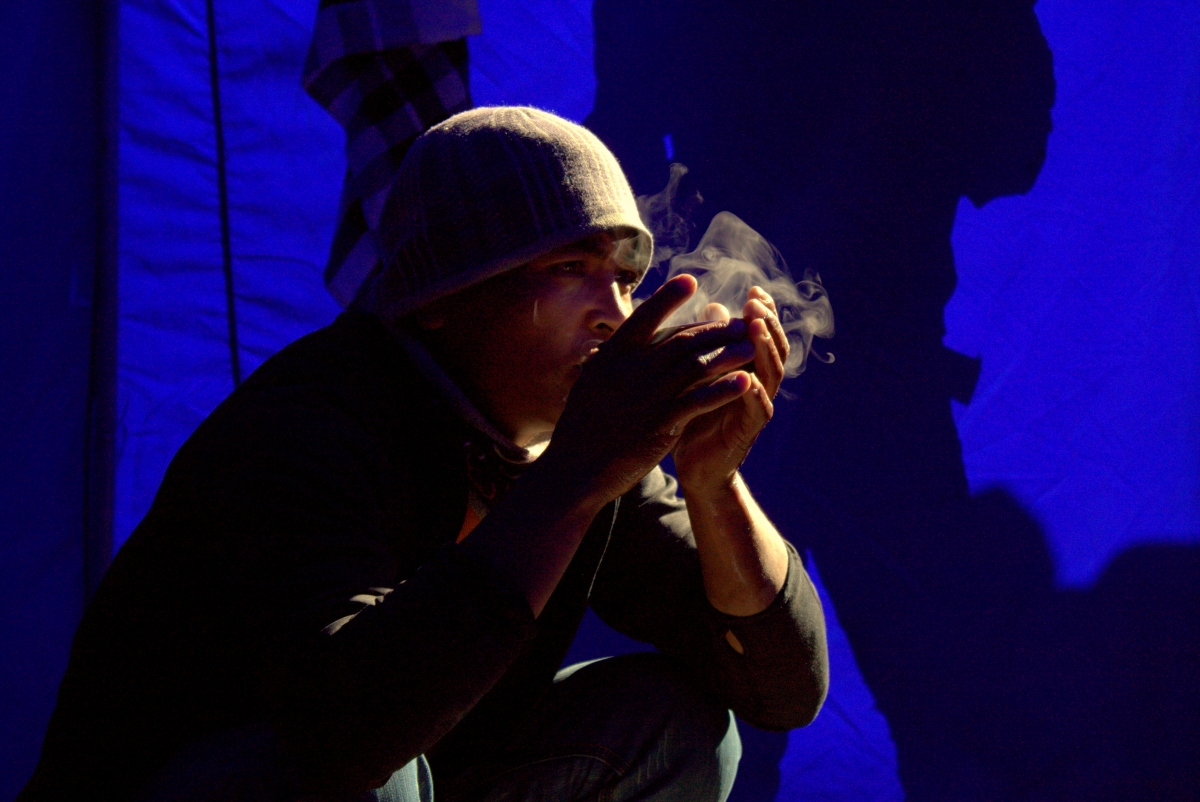WhiteMagic Adventure Blog
How to manage the cold on a winter trek?
How to manage the cold on a winter trek?
Tackling the winter cold in the Himalaya is one thing many trekkers are uncertain about, especially people heading to the Himalaya for the first time in winter. In this article, we discuss about the ways you can stay warm and keep away the winter hazards which would allow you to enjoy your winter trek to the fullest.
One of the basic things you need to understand at the outset is that the biggest source of heat for your body is your body itself. So our priority would be to not loose that heat and trap it inside. How do we go about doing it? Here are a few simple things to take note of -
- Movement : Your body warms up when you move, it is a simple phenomenon that everybody is aware of. So on winter treks, try to be on the move and make sure to keep your breaks short. Always wiggle your fingers and toes if you feel they are going cold. Moving is not an issue when you are on the trail, it is during the mornings and evenings that you need to take special care.
- Eating and drinking right : Keeping the core body temperature stable is very important for proper functioning of the body and it's vital organs. So your body spends extra energy during the cold to keep you warm and uses a lot of carbohydrates and fat in your body for the purpose. Hence you need to replenish the carbs sufficiently during your meals. Eating well generally helps you manage the cold efficiently. Drinking warm fluids like soup, hot chocolate and herbal teas really help in keeping your body warm internally so always consume plentiful of them. You can carry neoprene covers for your water bottles or use flasks to keep your water / fluids warm on the trail. Also note that taking alcohol to keep warm is an absolutely wrong idea. It only gives a fall sensation of being warm and people normally end up exposing themselves to the cold. The core body temperature drops after consuming alcohol and you also get dehydrated.

- Protective clothing : Insulating your body from the external cold is mainly done through the right kind of clothing and layering. You can read a detailed blog about layering here. Make sure to always keep yourself dry and keep your extremities (fingers & toes) warm. While sleeping, it is important to have an insulating layer between the ground and yourself. Air mattresses work well to add the insulation and along with a warm sleeping bag, helps a great deal in keeping you warm at night. Hot water bottles inside the sleeping bags work like a charm.
Two main winter hazards and how to avoid them -
1. Frost Bite - Caused by losing heat externally :
It is important to avoid exposure to very cold environment and to stay dry. Fingers/ toes/ nose tip/ ears are furthest away from the heart (which pumps blood to all corners in the body) and also the blood capillaries are thinnest in these areas which makes them very prone to getting frost bitten. Once they go cold it can take a long time to bring them back to normal body temperature so its important to keep them dry and not expose them to really cold environment. Hence, Buff & Balaclavas/ liner gloves inside & thicker outer gloves/ liner socks are all so important to avoid frost bite.
2. Hypothermia - Caused due to losing heat internally (core body temperature)
If you don't eat enough and continuously keep losing heat (haven't worn enough layers) to the environment, eventually your core body temperature will drop and you can quickly becoming hypothermic. Shivering is warning sign from the body to warm up quickly and needs to be taken seriously. Warm non alcoholic and non caffeine fluids really help warm up ones core body.
So keep all the above mentioned points in mind and follow them while on the trek to have a worry free and a memorable experience in one of the most beautiful season in the Himalaya.
Happy Climbing!

Comments
Good read!
Good read!
Add new comment